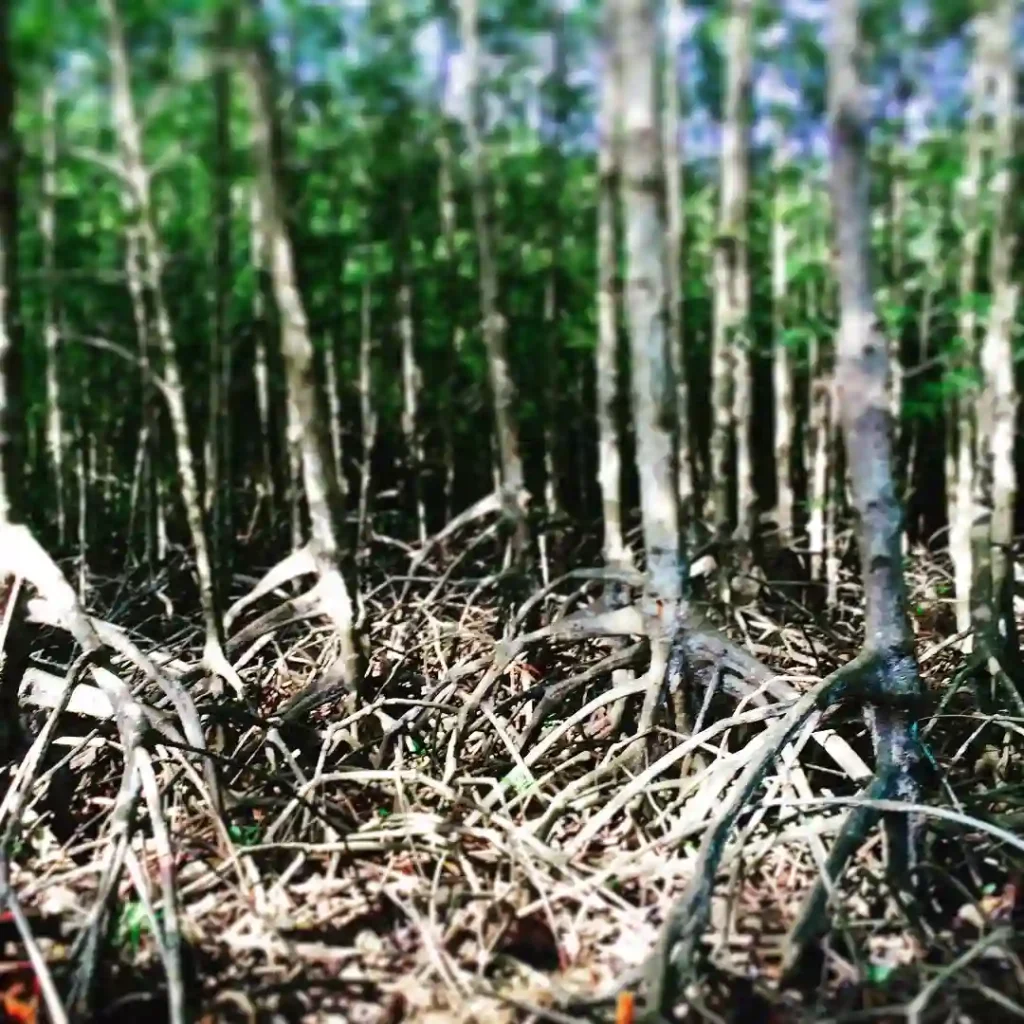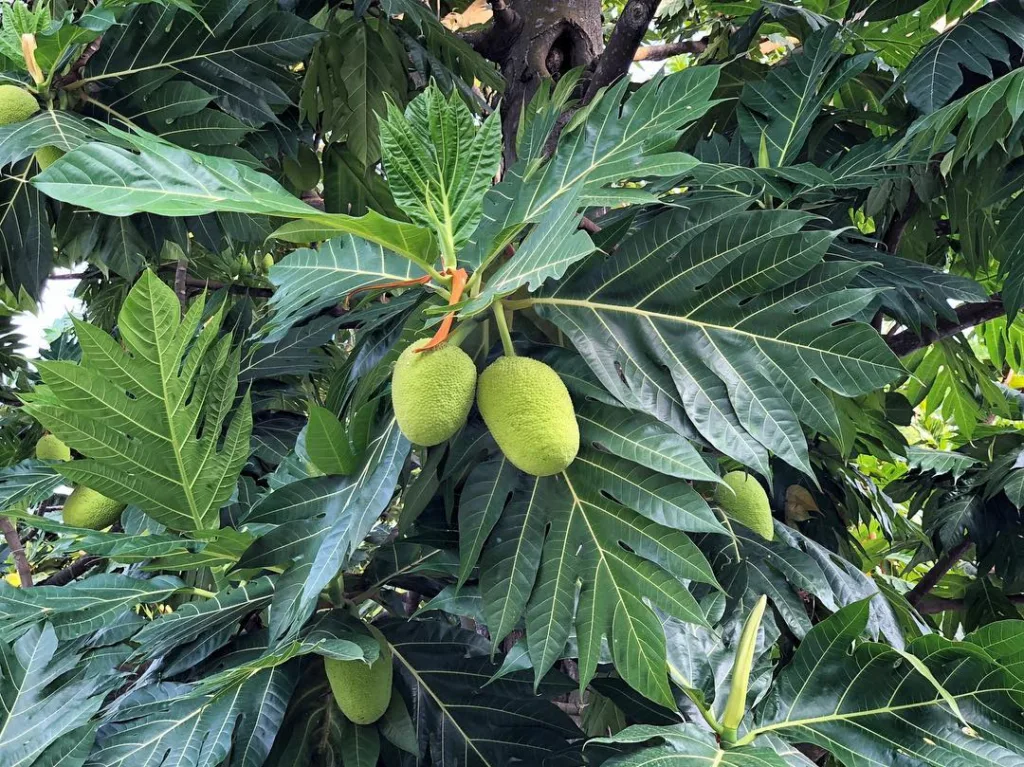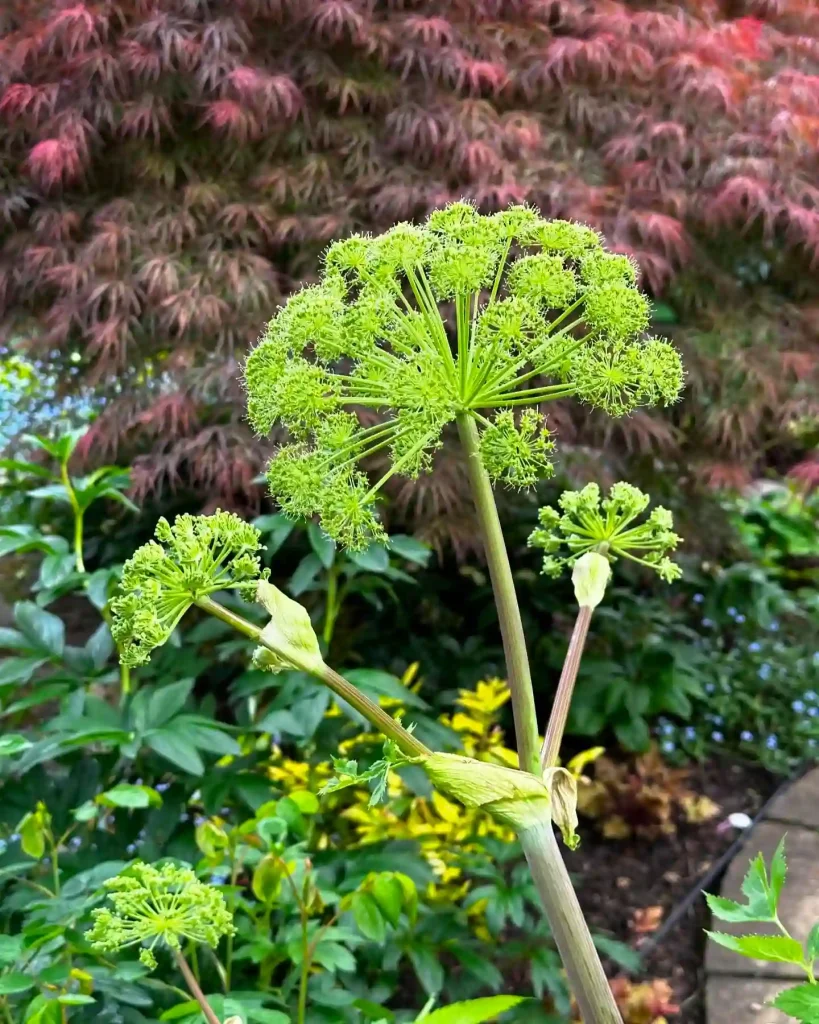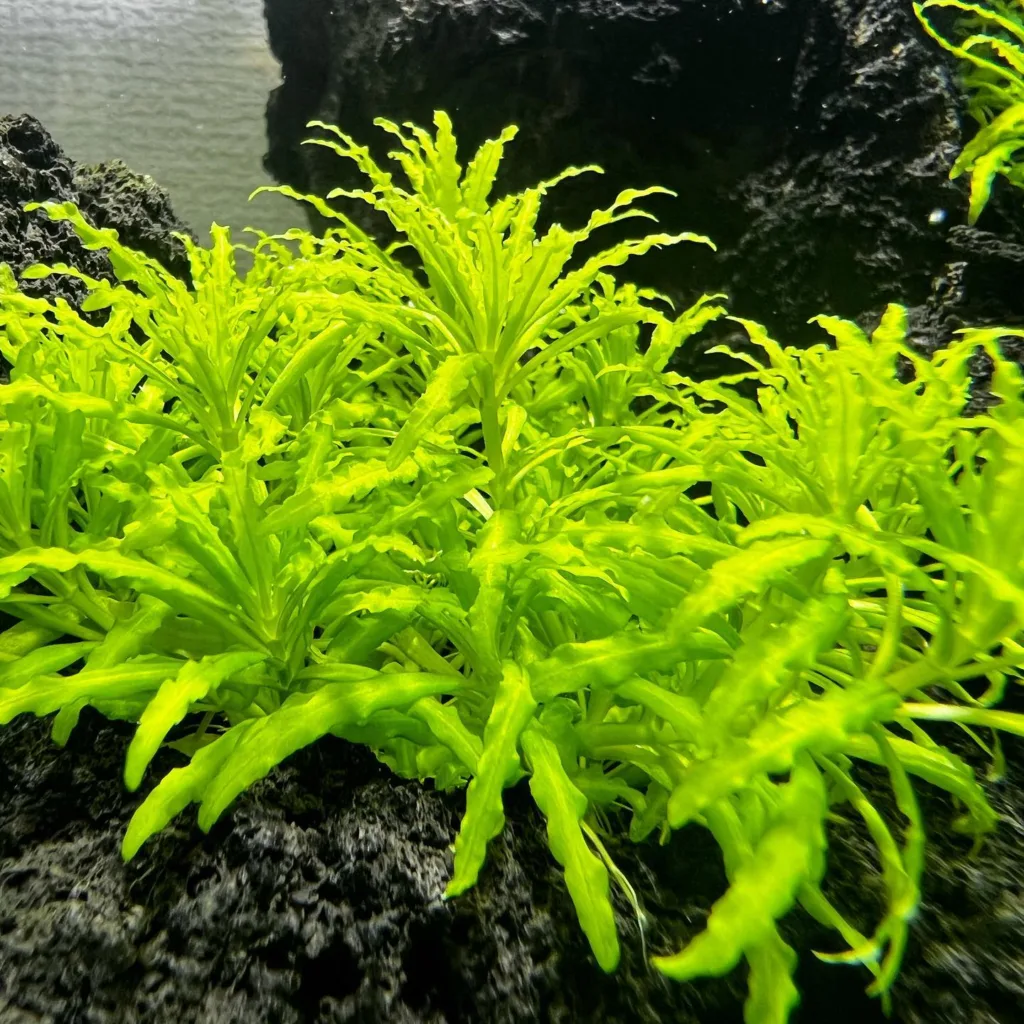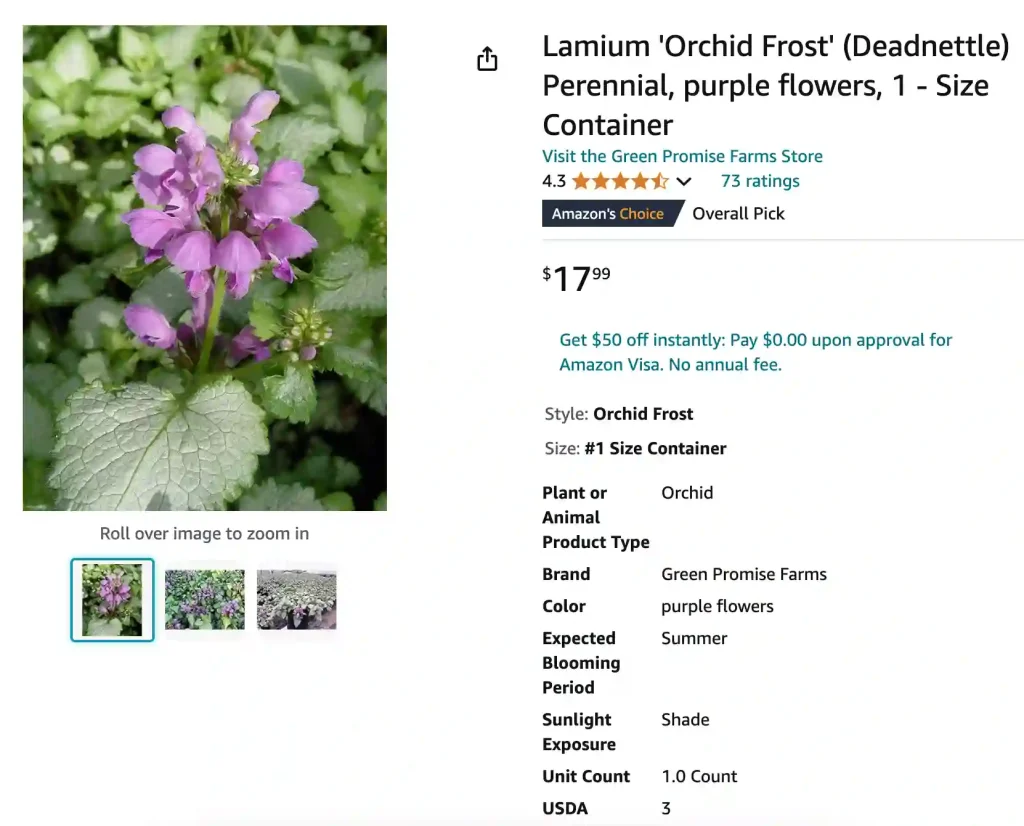
What Is Lamium Orchid Frost?
Lamium Orchid Frost is a versatile perennial ground cover plant that belongs to the mint family. With its striking silvery-green foliage and delicate orchid-purple blooms, it’s a great addition to any garden. It thrives in shaded areas, making it a perfect choice for spots where other plants might struggle. One thing I love about Lamium Orchid Frost is how it brightens up shady corners with its vibrant leaves, creating a nice contrast to the usual greens in a garden.
34 Species in Genus Lamium
How To Care For Lamium Orchid Frost?
Taking care of Lamium Orchid Frost is relatively simple. This plant prefers well-draining soil, and while it enjoys moist environments, it doesn’t tolerate waterlogged conditions. For optimal growth, I’ve found that keeping the soil lightly moist but not overly wet is key. It thrives in partial to full shade, although a little bit of morning sun can help enhance the vibrancy of the foliage.
Here’s a quick care guide:
- Watering: Keep the soil consistently moist but avoid overwatering.
- Soil: Ensure well-draining soil. Adding compost can improve soil structure.
- Light: Partial to full shade is ideal. It tolerates low-light conditions but can handle some sunlight.
- Fertilizer: A balanced fertilizer applied in spring can help boost growth, though it’s generally low-maintenance in nutrient requirements.
Is Lamium Orchid Frost Invasive?
This is a common concern among gardeners. While Lamium Orchid Frost can spread quickly, I wouldn’t classify it as aggressively invasive in most settings. In my experience, it’s a vigorous grower, which is ideal if you need to cover a large area, but it’s not difficult to control. Regular trimming or dividing helps keep it in check. However, if left unattended, it can spread beyond its intended area, so you should keep an eye on its growth in smaller spaces.
How To Propagate Lamium Orchid Frost?
Propagating Lamium Orchid Frost is easy. You can either divide the plant or use stem cuttings. I prefer dividing the plant in early spring or fall. Here’s how I do it:
- Dig up the plant carefully.
- Gently separate the root clumps, ensuring each section has a few healthy roots.
- Replant the divisions at the same depth as the original plant.
For stem cuttings, cut a healthy stem just below a node, remove the lower leaves, and place it in water or directly in soil. Keep the soil moist until the cutting roots, which usually happens within a few weeks.
Can You Grow Lamium Orchid Frost Indoors?
While Lamium Orchid Frost is typically an outdoor plant, it can be grown indoors in a container if you provide it with the right conditions. Since it prefers partial shade, placing it near a bright window but out of direct sunlight works best. I’ve had success growing it indoors as long as I monitor the humidity and water levels. However, due to its spreading nature, I find it more suited to outdoor spaces where it can grow freely.
Is Lamium Orchid Frost Toxic?
Lamium Orchid Frost is non-toxic to both humans and pets. This makes it a safe choice for gardens where children or pets might explore. In my garden, I’ve never had any issues with animals nibbling on the leaves, but it’s reassuring to know it’s safe if they do.
What Are The Benefits Of Lamium Orchid Frost?
There are several benefits to growing Lamium Orchid Frost. For one, it’s an excellent ground cover, especially in areas where grass or other plants struggle. Its silver leaves add a unique aesthetic to shaded areas, brightening up the landscape. Additionally, it’s a low-maintenance plant, making it a good choice for beginner gardeners or anyone looking for a hassle-free plant.
Another benefit I’ve noticed is that it’s deer-resistant. If you live in an area with a high deer population, like I do, this can be a major advantage since deer tend to avoid it.
What To Plant With Lamium Orchid Frost?
When it comes to companion planting, Lamium Orchid Frost pairs well with other shade-loving plants. I’ve had great success planting it alongside hostas, ferns, and astilbes. These plants complement each other well, as they share similar light and moisture preferences. The silvery foliage of Lamium contrasts nicely with the broad, deep green leaves of hostas, creating a dynamic look in the garden.
Common Problems With Lamium Orchid Frost
One of the main issues I’ve encountered with Lamium Orchid Frost is powdery mildew, especially in humid conditions. To prevent this, ensure proper air circulation by spacing the plants adequately. Also, avoid overhead watering as wet leaves can promote fungal growth. If mildew does appear, using a fungicide early can help control it.
Slug and snail damage is another occasional problem. These pests are attracted to the cool, moist environment that Lamium thrives in. I’ve found that setting up traps or using slug repellent can help mitigate this issue.
How Does Lamium Orchid Frost Compare To Other Similar Plants?
Lamium Orchid Frost is often confused with other Lamium varieties, such as Lamium White Nancy. The main difference is in the flower color and foliage. White Nancy, as its name suggests, produces white flowers, while Orchid Frost blooms in a purplish-pink shade. Both have similar care needs and are great ground cover options, but I prefer Orchid Frost for the added pop of color.
Lamium can also be compared to other ground cover plants like Ajuga or Deadnettle. While Ajuga tends to spread more aggressively, Lamium Orchid Frost has a softer, more delicate appearance. It’s less likely to overtake other plants, making it easier to manage in a mixed garden.
Conclusion
Lamium Orchid Frost is a fantastic plant for anyone looking to brighten up a shady corner of their garden. Its fast growth, ease of care, and versatility make it a go-to ground cover for me. While it can spread, it’s not invasive if properly managed. Whether you’re planting it in the garden or trying it indoors, it’s a resilient and rewarding plant to grow. Just keep an eye out for common issues like mildew and slugs, and enjoy the beauty it brings to your space!
If i die, water my plants!
